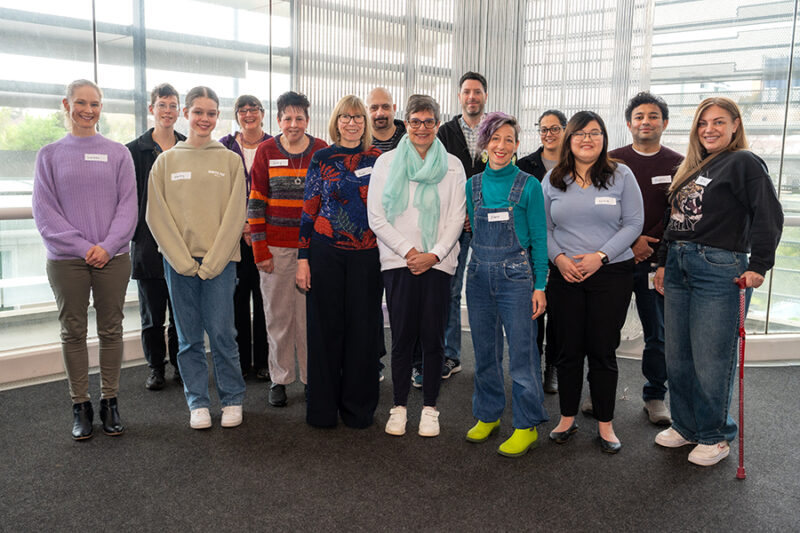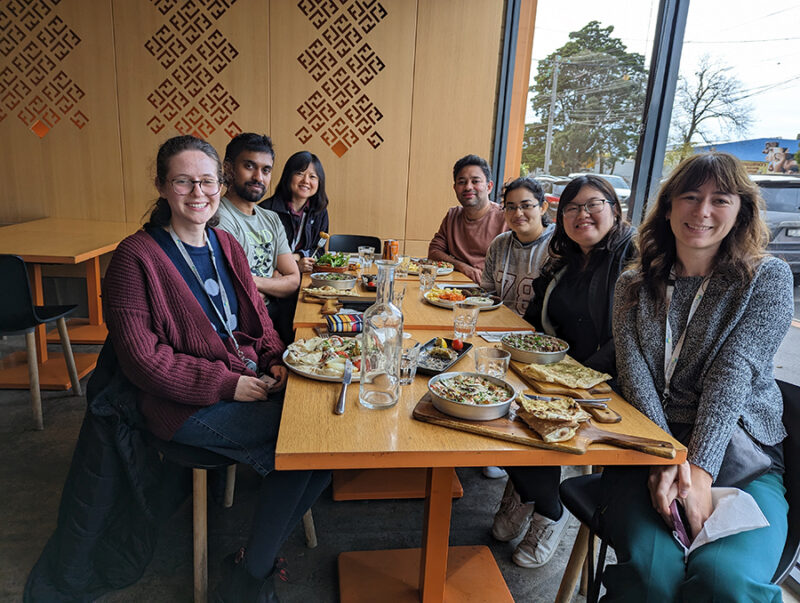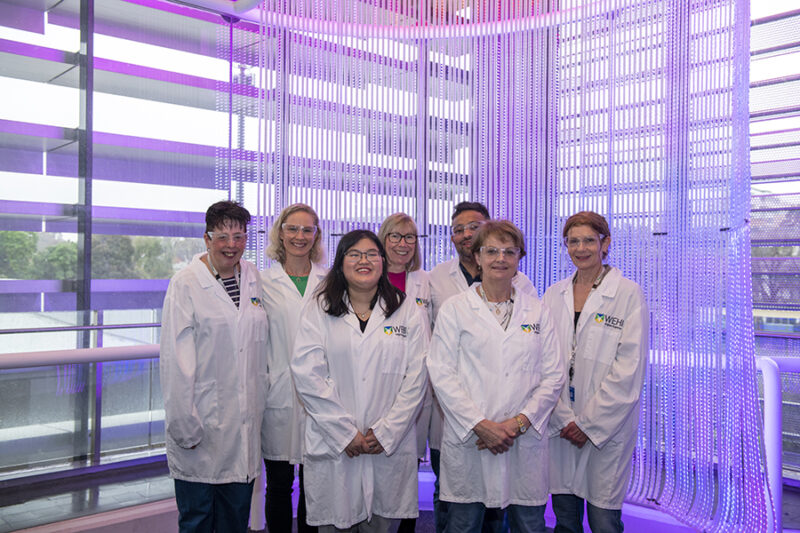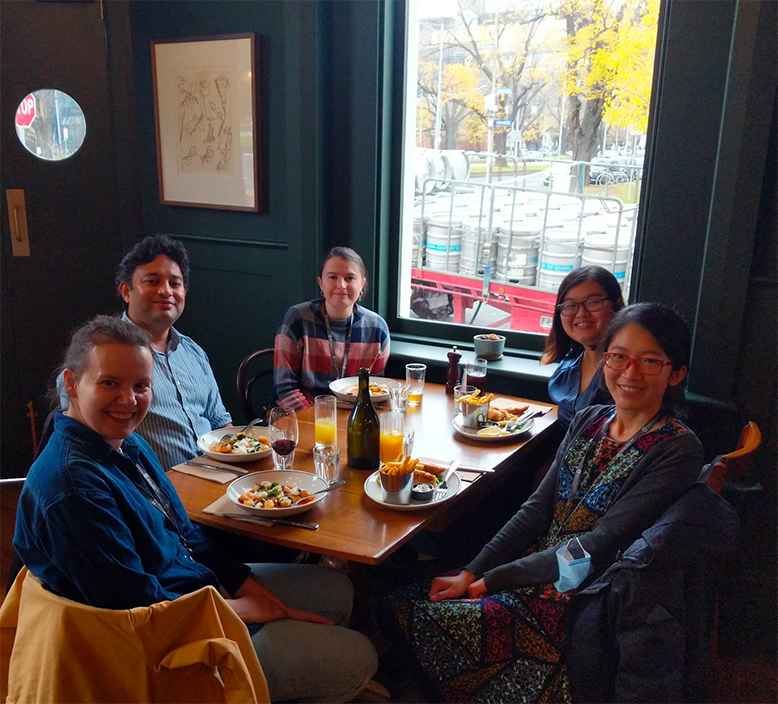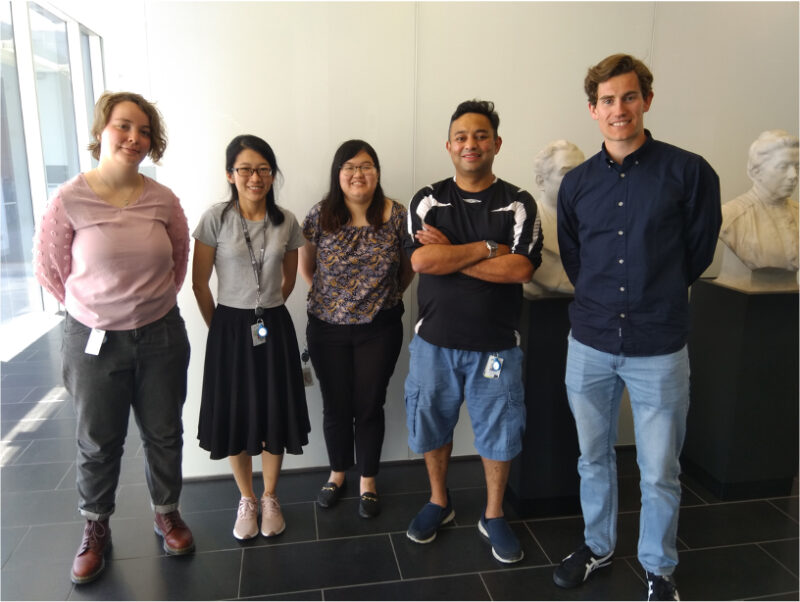The central dogma of molecular biology postulates that genetic information flows linearly from DNA, the faithfully maintained blueprint of life, into RNA, the intermediate messenger, onto functional proteins, the machinery of our cells.
DNA, however, is much more than a simple linear code; it is packaged into a complex three-dimensional dynamic structure called chromatin in which DNA is wrapped around proteins known as histones. The compact nature of these structures restricts accessibility to genes. Indeed, 97 per cent of our DNA is packaged as heterochromatin – the dark matter of the genome and is thus inactive at any one time.
Not much is understood about heterochromatin, but its malfunction leads to cancer, developmental defects and susceptibility to infectious diseases.
Our lab seeks to understand the fundamental principles behind the formation, regulation and repair of heterochromatin. We hope to use these insights to discover new druggable targets.



